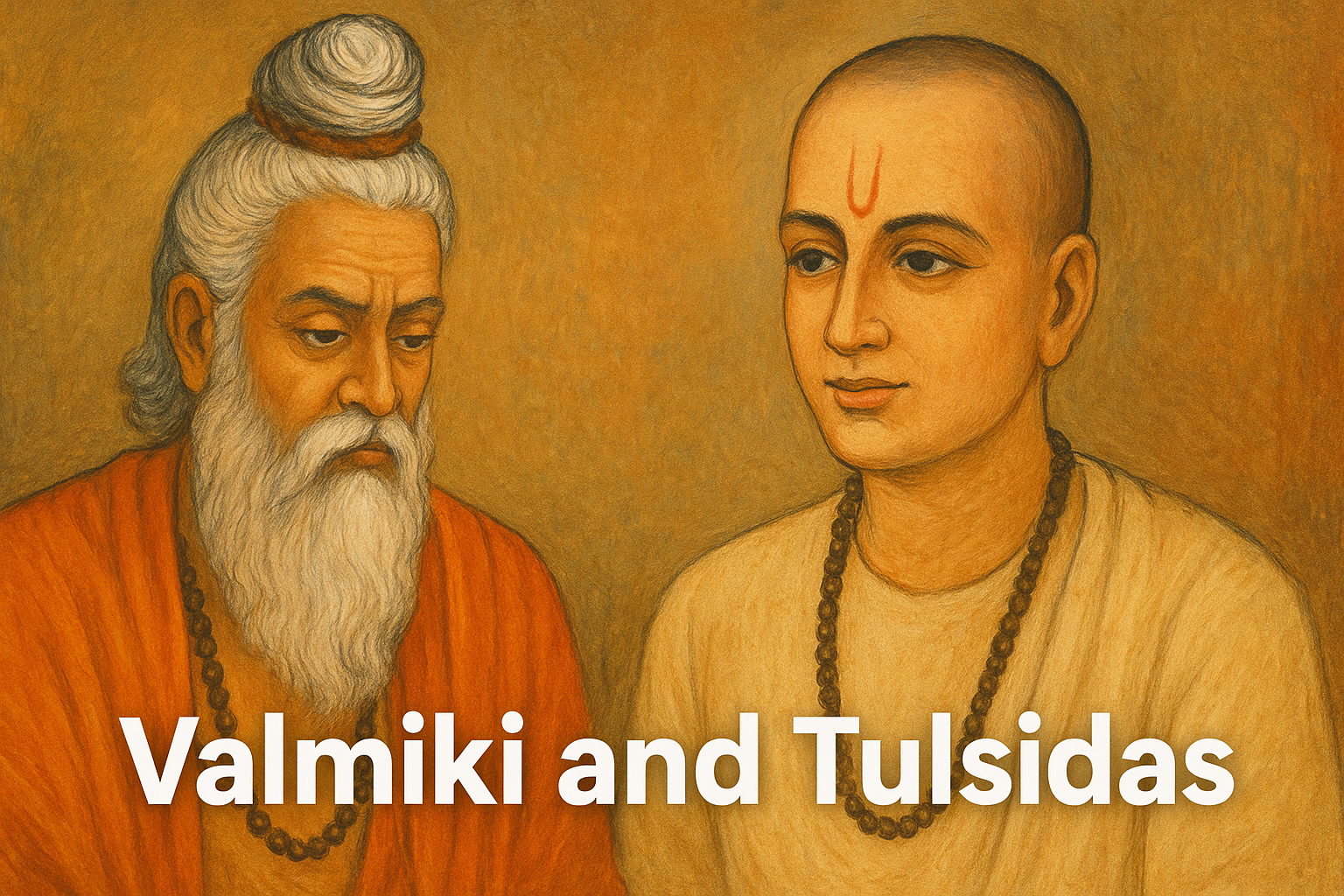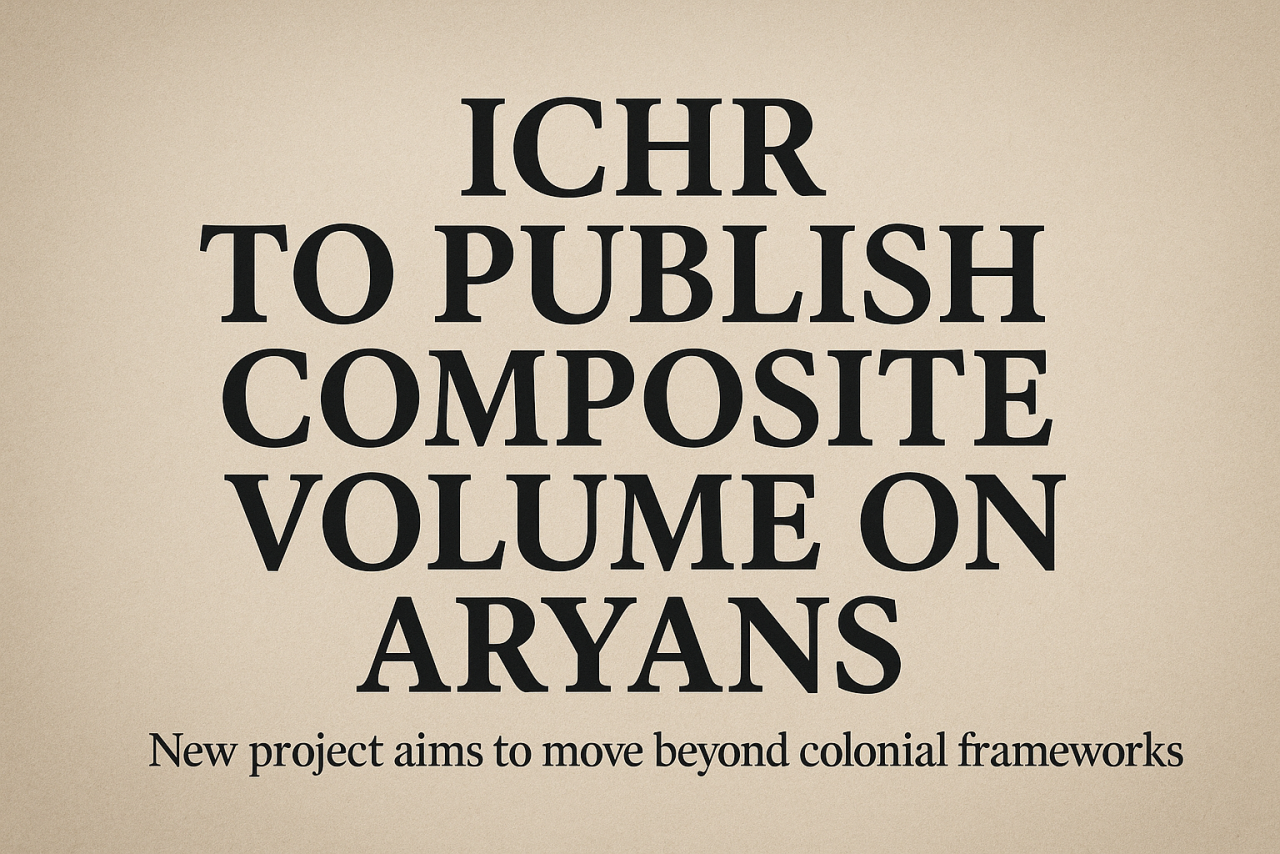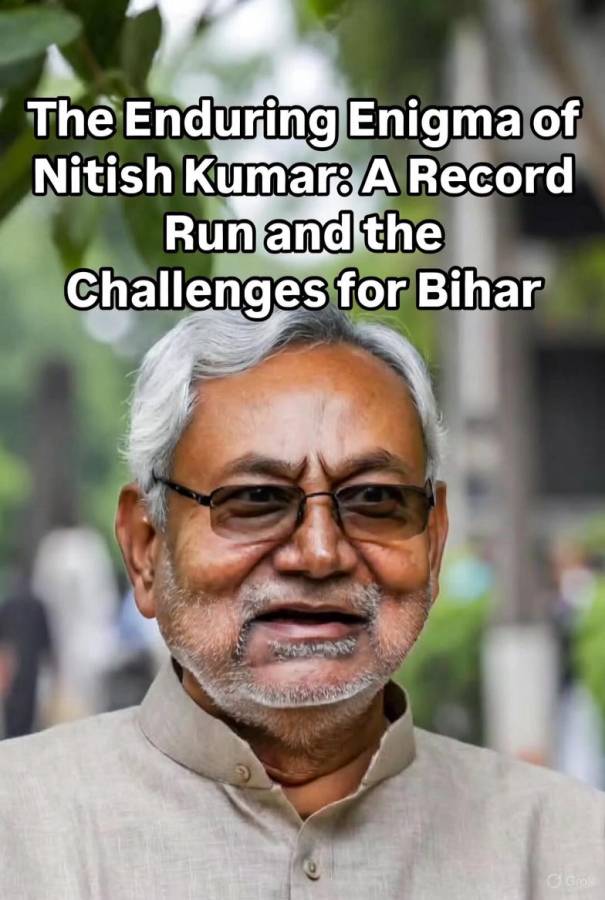
The Ramayan is not just an epic. It is the mirror of India’s moral imagination and the pulse of its collective conscience. Yet, the story of Lord Ram, told by two great poets centuries apart, carries two different fragrances. Valmiki’s Sanskrit Ramayan is the voice of an age that searched for meaning in moral struggle. Tulsidas’s Ramcharitmanas is the song of devotion that turned the same tale into the heartbeat of faith.
Valmiki’s world belongs to the early age of thought when the mind sought truth through reflection. His Ramayan is composed with the serenity of a sage and the sensitivity of a poet. His Ram is not only divine but deeply human. He feels pain, doubt, and duty in equal measure. Valmiki does not hide the conflict between righteousness and sorrow. When Sita faces trial by fire, there is no divine reassurance, only the silence of suffering and the strength of endurance. In Valmiki’s words, every act of virtue carries the shadow of sacrifice. His vision of dharma is not easy or certain. It is a question that must be lived, not a rule that can be memorized.
Tulsidas belonged to another time, when India was torn by fear and division. He retold the Ramayan in Awadhi so that the common man could find comfort in its song. His Ramcharitmanas was not a translation but a transformation. He replaced doubt with devotion and made faith the language of courage. His Ram is not a troubled prince but the eternal protector who walks among men to restore harmony. His Sita is divine strength and his Hanuman is the living symbol of loyalty. The world of Tulsidas is not ruled by fate but by faith. His poetry does not question dharma; it celebrates it.
Valmiki wrote for the seeker who observes life. Tulsidas wrote for the believer who lives it. One wrote with the calm of reason, the other with the rhythm of prayer. Valmiki’s Ram walks on earth with the burden of morality. Tulsidas’s Ram dwells in the heart as the light of devotion. The two poets belong to the same river of truth, but they flow through different landscapes.
If we look for historical truth, Valmiki stands closer to the soil of reality. His Ayodhya breathes like a real kingdom. His Lanka is a realm of ambition and desire. He writes of war and sorrow with the precision of a chronicler who has seen both. Tulsidas, in contrast, paints with divine colours. His story floats above the world and yet remains near the people. He may not give us history, but he gives us faith that history cannot destroy.
From a writer’s eye, Valmiki’s strength lies in discipline. Every verse is measured, clear and reflective. His language is simple but weighty, born of silence and understanding. Tulsidas writes like a singer whose heart overflows. His verses are musical, emotional and full of hope. He gave India not just a story but a prayer that millions still whisper.
To ask who stands better is to misunderstand their purpose. Valmiki wrote the dawn of dharma. Tulsidas wrote its eternal light. One gave form to righteousness; the other gave it feeling. Valmiki shows us the path. Tulsidas teaches us how to walk it with love.
Their difference is the secret of their harmony. Between Valmiki’s realism and Tulsidas’s devotion, India discovered the balance between thought and faith. One made the Ramayan a lesson. The other made it a hymn. Together, they shaped the moral and spiritual soul of a civilization that still turns to both for guidance.
Valmiki wrote as the witness of truth. Tulsidas wrote as the servant of it. And between their words, the story of Lord Ram became not only India’s greatest epic but also its most enduring prayer.





















